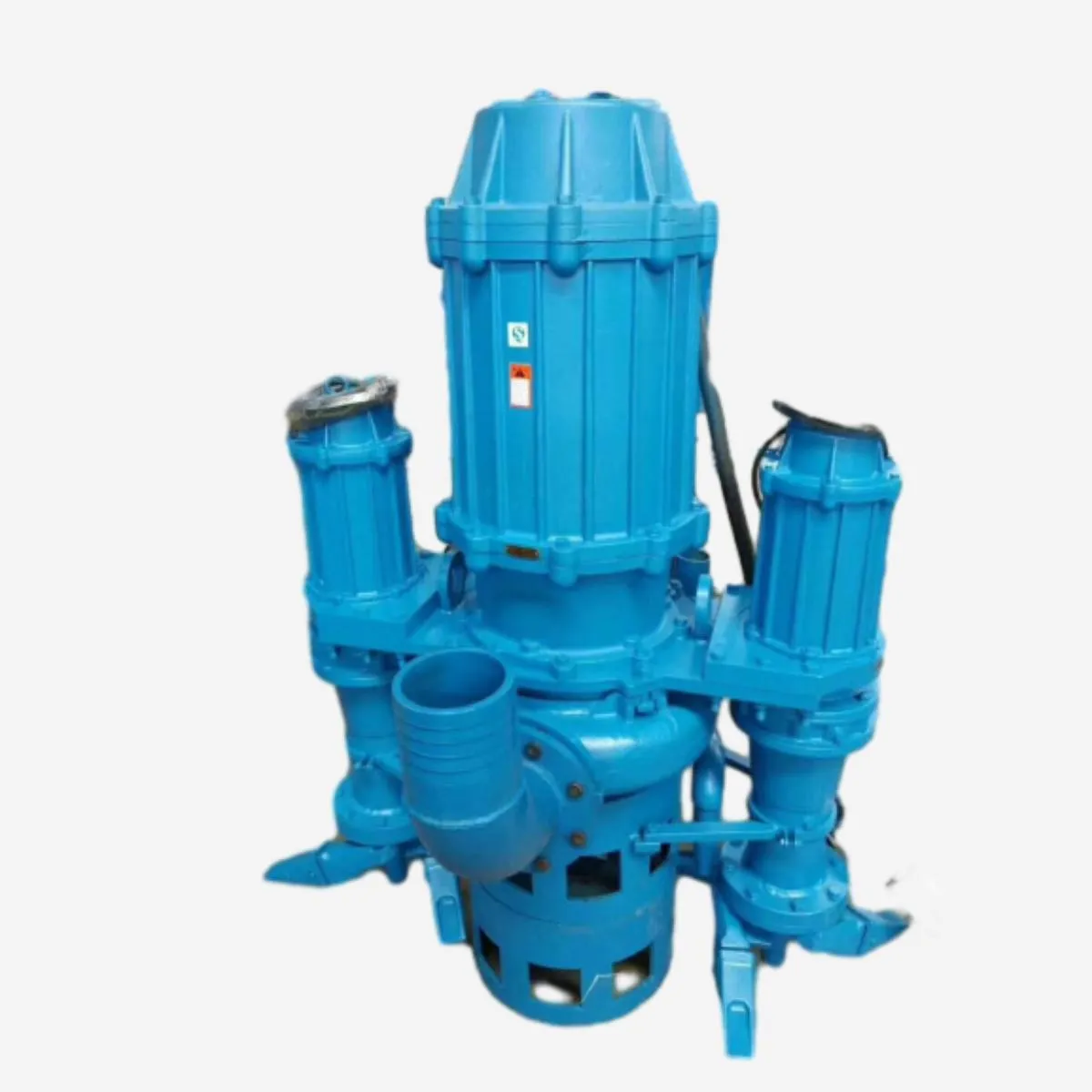Punjabi
- Afrikaans
- Albanian
- Amharic
- Arabic
- Armenian
- Azerbaijani
- Basque
- Belarusian
- Bengali
- Bosnian
- Bulgarian
- Catalan
- Cebuano
- Corsican
- Croatian
- Czech
- Danish
- Dutch
- English
- Esperanto
- Estonian
- Finnish
- French
- Frisian
- Galician
- Georgian
- German
- Greek
- Gujarati
- Haitian Creole
- hausa
- hawaiian
- Hebrew
- Hindi
- Miao
- Hungarian
- Icelandic
- igbo
- Indonesian
- irish
- Italian
- Japanese
- Javanese
- Kannada
- kazakh
- Khmer
- Rwandese
- Korean
- Kurdish
- Kyrgyz
- Lao
- Latin
- Latvian
- Lithuanian
- Luxembourgish
- Macedonian
- Malgashi
- Malay
- Malayalam
- Maltese
- Maori
- Marathi
- Mongolian
- Myanmar
- Nepali
- Norwegian
- Norwegian
- Occitan
- Pashto
- Persian
- Polish
- Portuguese
- Punjabi
- Romanian
- Russian
- Samoan
- Scottish Gaelic
- Serbian
- Sesotho
- Shona
- Sindhi
- Sinhala
- Slovak
- Slovenian
- Somali
- Spanish
- Sundanese
- Swahili
- Swedish
- Tagalog
- Tajik
- Tamil
- Tatar
- Telugu
- Thai
- Turkish
- Turkmen
- Ukrainian
- Urdu
- Uighur
- Uzbek
- Vietnamese
- Welsh
- Bantu
- Yiddish
- Yoruba
- Zulu
Telephone: +86 13120555503
Email: frank@cypump.com
ਦਸੰ. . 13, 2024 07:02 Back to list
Understanding Pump Septic Systems for Efficient Wastewater Management and Maintenance Solutions
Understanding Pumping and Maintenance of Septic Systems
Septic systems are an essential component of waste management for properties that are not connected to municipal sewage systems. They are designed to treat and dispose of wastewater from households, ensuring that contaminants are broken down and safely absorbed into the environment. One of the most critical aspects of maintaining a septic system is the regular pumping of the septic tank. This article explores the significance of septic tank pumping, its recommended frequency, and some best practices for maintaining these systems.
What is a Septic System?
A septic system typically consists of a septic tank and a drain field. Wastewater from the home flows into the septic tank, where solids settle to the bottom, forming sludge. Meanwhile, lighter materials like grease float to the top, forming scum. The tank allows the liquid effluent to flow into the drain field, where it is further treated by the soil before returning to the groundwater.
Importance of Pumping the Septic Tank
Over time, solids accumulate in the septic tank and occupy valuable space. If not pumped regularly, the tank will fill up and may lead to several issues, including
1. Backups and Clogs When the tank is full, wastewater can back up into the home, causing unpleasant odors and unsanitary conditions.
2. Drain Field Damage An overloaded septic tank can cause the effluent to flow into the drain field prematurely, overwhelming it and potentially leading to system failure.
3. Environmental Contamination Overflowing septic systems can leak untreated wastewater into the local environment, leading to groundwater contamination and posing health risks to humans and animals.
Recommended Pumping Frequency
The frequency of septic tank pumping can vary based on several factors, including the size of the tank, the number of occupants in the household, and water usage practices. As a general rule of thumb
- Households with 1-2 people Pump every 3-5 years - Households with 3-5 people Pump every 3-4 years - Households with 6 or more people Pump every 2-3 years
However, it is always advisable to consult with a local septic professional who can provide guidance tailored to your specific system and situation.
Signs Your Septic Tank Needs Pumping
pump septic

Homeowners should be vigilant for signs that indicate a potentially full or failing septic tank. Warning signs include
- Slow Drains If sinks and toilets are draining slower than normal, it may be a symptom of a full septic tank.
- Unpleasant Odors Foul smells around the tank or drain field can indicate a problem.
- Pooling Water If you notice standing water in your yard near the drain field, it could be a sign of an overflowing tank.
- Bright Green Grass A lush, green area above the drain field can indicate a leak, as excess nutrients from untreated wastewater encourage grass growth.
Best Practices for Septic System Maintenance
To keep your septic system functioning efficiently, consider adopting the following best practices
1. Limit Water Usage Spread out laundry loads and avoid overloading the system with excessive water use.
2. Avoid Flushing Non-Biodegradable Materials Items like wipes, sanitary products, and certain chemicals can disrupt the septic system.
3. Regular Inspections Schedule regular inspections by a qualified septic professional to assess the condition of your system and recommend pumping schedules.
4. Know Your System Familiarize yourself with the location of your septic tank and drain field, and keep detailed records of maintenance activities.
5. Educate Household Members Ensure everyone in the household understands the importance of septic system care and observes proper usage practices.
Conclusion
Regular septic tank pumping is critical for the longevity and efficiency of your septic system. By being proactive about maintenance and recognizing the signs of an impending issue, homeowners can avoid costly repairs and ensure a safe, environmentally friendly method of waste disposal. Ultimately, understanding your septic system empowers you to make informed decisions that protect both your home and the surrounding ecosystem.
-
High-Efficiency Submersible Effluent Pump for Sewage & Wastewater Solutions
NewsJul.08,2025
-
High Quality CH Warman Slurry Pump Factory - Leading Horizontal Slurry Pump Supplier
NewsJul.08,2025
-
Hot Sale Chemical Circulating Pump – Efficient & Durable Slurry Circulating Pump Solutions
NewsJul.08,2025
-
High-Efficiency Submersible Dredge Pump for Sand & Gravel Durable Dredge Slurry Pumps Solutions
NewsJul.07,2025
-
Wholesale Slurry Pump Impeller Supplier – High-Quality & Efficient Pump Parts for Enhanced Performance
NewsJul.07,2025
-
High-Efficiency Water Submersible Pumps Reliable Water Pump for Potable Water Supply
NewsJul.06,2025










